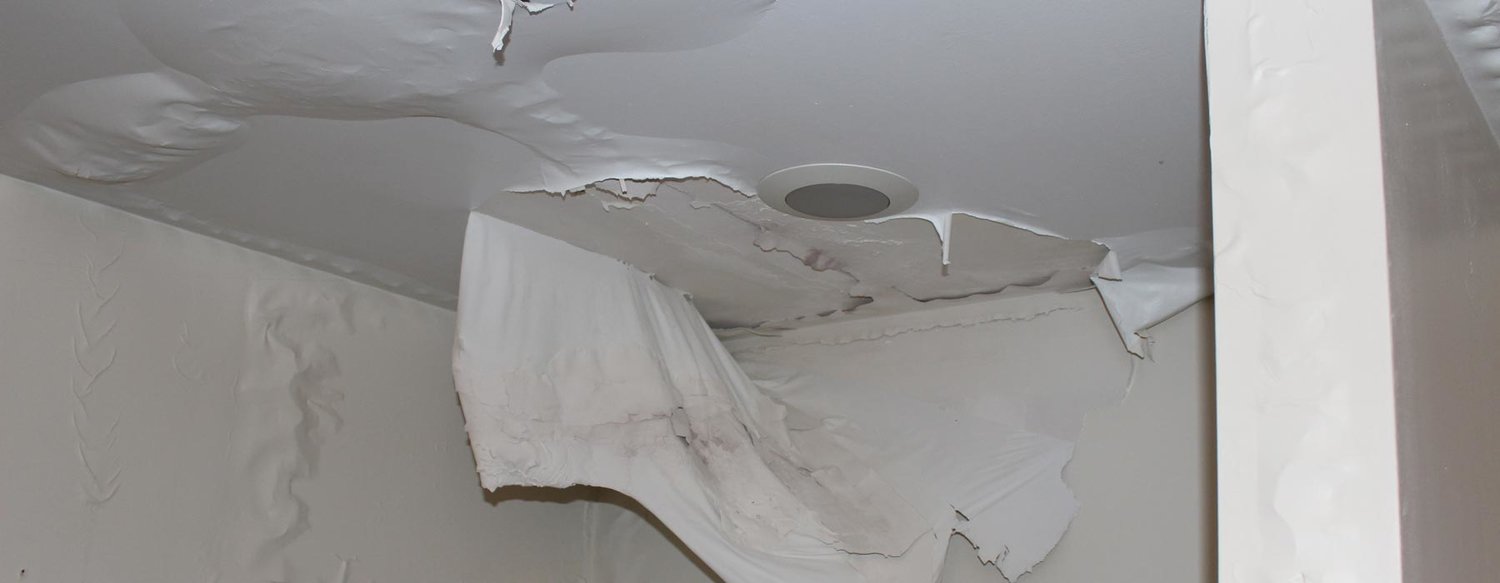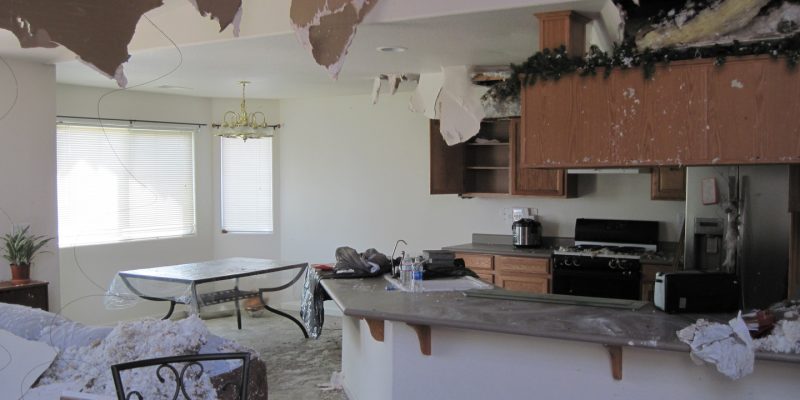Do's & Don'ts of Water Damage.
Do's & Don'ts of Water Damage.
Blog Article
We have come across this article involving Ways to Reduce The Risk Of Fire And Water Damage down the page on the internet and believe it made perfect sense to relate it with you in this article.

Water gives life, water breach on parts where it's not intended to be can result in damages. Homes with water damages odor old and stuffy.
Water can originate from lots of sources such as typhoons, floodings, burst pipes, leakages, as well as sewer problems. In case you experience water damage, it would certainly be great to recognize some safety and security precautions. Below are a few standards on how to take care of water damage.
Do Prioritize Residence Insurance Insurance Coverage
Water damage from flooding because of hefty winds is seasonal. You can also experience an abrupt flood when a malfunctioning pipeline all of a sudden breaks into your house. It would certainly be best to have home insurance coverage that covers both disasters such as natural catastrophes, as well as emergency situations like busted plumbing.
Don't Fail To Remember to Switch Off Utilities
This reduces off power to your entire residence, protecting against electric shocks when water comes in as it is a conductor. Do not neglect to transform off the primary water line shutoff.
Do Remain Proactive as well as Heed Weather Condition Informs
Storm floods can be really uncertain. Stay aggressive as well as prepared if there is a background of flooding in your community. If you live near a lake, river, or creek , pay attention to emptying warnings. Secure belongings from the ground floor and cellar, then put them on the greatest possible level. Doing so lowers prospective building damages.
Don't Neglect the Roof
Before the climate turns shocking, ensure you have a roof inspection. It would certainly be prudent to get this solution yearly as it can reduce intricate issues. You can stay clear of rain damage if there are no openings and leaks in your roof covering. Your roofer will additionally take care of malfunctioning seamless gutters or any other signs of weakening. This will avoid water from flowing down your walls as well as saturating your ceiling.
Do Pay Attention to Small Leaks
A burst pipeline does not occur over night. You may see gurgling paint, peeling off wallpaper, water touches, water discolorations, or dripping audios behind the wall surfaces. Have your plumbing fixed before it results in massive damage.
Do Not Panic in Case of a Ruptured Pipe
Maintaining your clearheadedness is crucial in a time of crisis. Due to the fact that it will certainly suppress you from acting quickly, stressing will just intensify the problem. Timing is essential when it comes to water damages. The longer you wait, the more damages you can expect. Therefore, if a pipe bursts in your residence, right away shut off your primary water shutoff to cut off the source. After that unplug all electrical outlets in the location or switch off the circuit breaker for that part of the house. Ultimately, call a credible water damage restoration expert for aid.
Water gives life, water intrusion on components where it's not supposed to be can result in damages. Homes with water damages odor old and moldy.
Water damage from flooding fees to hefty winds is seasonal. You might notice bubbling paint, peeling off wallpaper, water streaks, water spots, or trickling noises behind the wall surfaces. When it comes to water damages, timing is key.
Some Do's & Don't When Dealing with a Water Damage
DO:
Make sure the water source has been eliminated. Contact a plumber if needed. Turn off circuit breakers supplying electricity to wet areas and unplug any electronics that are on wet carpet or surfaces Remove small furniture items Remove as much excess water as possible by mopping or blotting; Use WHITE towels to blot wet carpeting Wipe water from wooden furniture after removing anything on it Remove and prop up wet upholstery cushions for even drying (check for any bleeding) Pin up curtains or furniture skirts if needed Place aluminum foil, saucers or wood blocks between furniture legs and wet carpet Turn on air conditioning for maximum drying in winter and open windows in the summer Open any drawers and cabinets affected for complete drying but do not force them open Remove any valuable art objects or paintings to a safe, dry place Open any suitcases or luggage that may have been affected to dry, preferably in sunlight Hang any fur or leather goods to dry at room temperature Punch small holes in sagging ceilings to relieve trapped water (don't forget to place pans beneath!); however, if the ceiling is sagging extremely low, stay out of the room and we'll take care of it DO NOT:
Leave wet fabrics in place; dry them as soon as possible Leave books, magazines or any other colored items on wet carpets or floor Use your household vacuum to remove water Use TV's or other electronics/appliances while standing on wet carpets or floors; especially not on wet concrete floors Turn on ceiling fixtures if the ceiling is wet Turn your heat up, unless instructed otherwise

I found that blog post about Reducing Your Risk Of Water And Fire Damage At Home when exploring the search engines. Enjoyed reading our article? Please share it. Let another person locate it. Thanks for your time. Visit us again soon.
Report this page